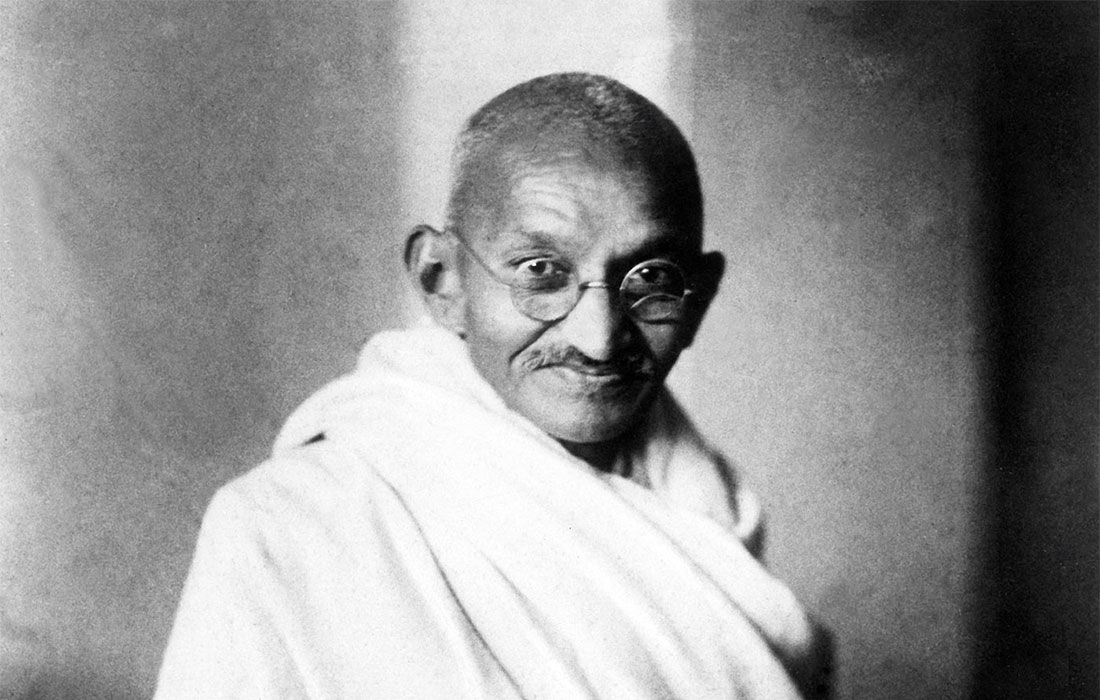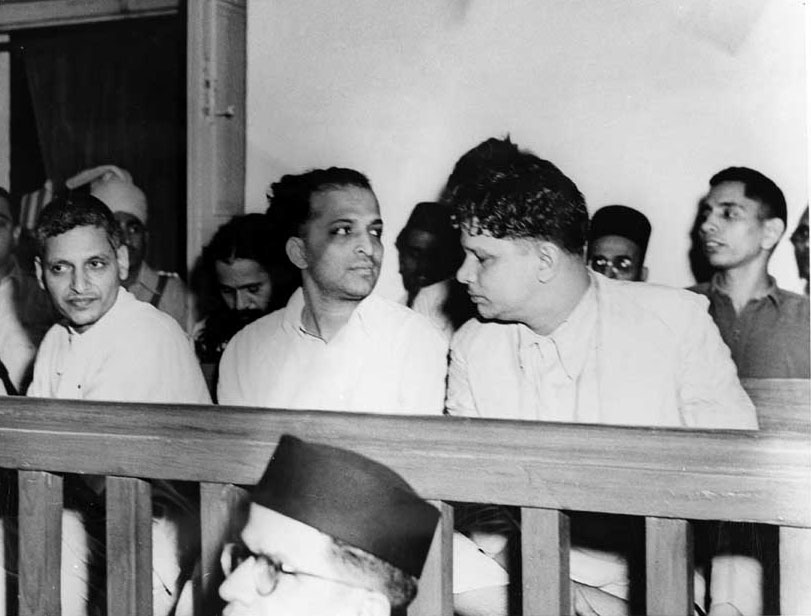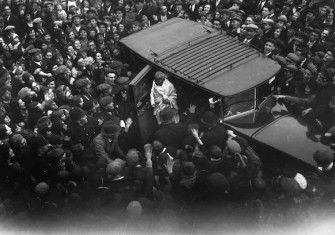The Death of Mahatma Gandhi
Mahatma Gandhi was shot on 30 January 1948 by the Hindu fanatic Nathuram Godse. His death reverberated across the globe.

The 20th century’s most famous apostle of non-violence himself met a violent end. Mohandas Mahatma (‘the great soul’) Gandhi, who had taken a leading role in spearheading the campaign for independence from Britain, hailed the partition of the sub-continent into the separate independent states of India and Pakistan in August 1947 as ‘the noblest act of the British nation’. He was, though, horrified by the violence that broke out between Hindus, Muslims and Sikhs; and the eviction of thousands from their homes in the run-up to Independence Day, 15 August 1947, and undertook a fast to the death, a tactic he had employed before, to shame those who provoked and took part in the strife. Messages of support came from around the world, including Pakistan, where Jinnah’s new government commended his concern for peace and harmony. There were Hindus, however, who thought that Gandhi’s insistence on non-violence and non-retaliation prevented them from defending themselves against attack. Ominous cries of ‘Let Gandhi die!’ were heard in Delhi, where Gandhi was occupying a mansion called Birla Lodge.
Read our India Special on the History Today app. Download it now for Apple or Android.
On 13 January, beginning what would prove to be his last fast, the Mahatma said: ‘Death for me would be a glorious deliverance rather than that I should be a helpless witness of the destruction of India, Hinduism, Sikhism and Islam’, and explained that his dream was for the Hindus, Sikhs, Parsis, Christians and Muslims of all India to live together in amity. On the 20th a group of Hindu fanatics, who detested Gandhi’s calls for tolerance and peace, set off a bomb some yards from him, which did no harm. It was not the first attempt on Gandhi’s life, but he said: ‘If I am to die by the bullet of a madman, I must do so smiling. There must be no anger within me. God must be in my heart and on my lips.’
On 29 January one of the fanatics, a man in his thirties named Nathuram Godse, returned to Delhi, armed with a Beretta automatic pistol. About 5pm in the afternoon of the next day, the 78-year-old Gandhi, frail from fasting, was being helped across the gardens of Birla House by his greatnieces on his way to a prayer meeting when Nathuram Godse emerged from the admiring crowd, bowed to him and shot him three times at point-blank range in the stomach and chest. Gandhi raised his hands in front of his face in the conventional Hindu gesture of greeting, almost if he was welcoming his murderer, and slumped to the ground, mortally wounded. Some said that he cried out, ‘Ram, Ram’ (‘God, God’), though others did not hear him say anything. In the confusion there was no attempt to call a doctor or get the dying man to hospital and he died within half an hour.
Nathuram Godse tried but failed to shoot himself and was seized and hustled away while the shocked, hysterical crowd cried out, ‘Kill him, kill him!’ and threatened to lynch him. He was tried for murder in May and hanged in November the following year.

Meanwhile, Gandhi’s body was laid out on the terrace of Birla House, draped in a white cotton cloth that left his face uncovered, and a single spotlight focused on the corpse as all the other lights were turned off. Speaking on the radio, the Indian prime minister Pandit Nehru said: ‘The father of the nation is no more. Now that the light has gone out of our lives I do not quite know what to tell you and how to say it. Our beloved leader is no more.’
The following day an enormous crowd estimated at nearly one million people lined the five-mile route of the funeral procession to the bank of the Jumna River as the body, draped in the Indian flag, was carried on an army truck while air force planes overhead dropped flowers. Repeated incursions from the crowd meant that the journey took five hours and the police had to clear space by force while the bier was lifted onto the sandalwood funeral pyre and the body was cremated in the traditional manner. As the flames burned, the grieving crowd showered the pyre with petals. The ashes were kept on the river bank for three days before they were taken away for immersion at the spot where the Jumna joins the Ganges.
Read Next: Mahatma Gandhi and Nehru – India’s Frustrated Visionaries?
Despite the efforts of Nehru and other leaders, violence erupted in Bombay and elsewhere in India, with riots and arson. There were attacks on Brahmins, because the killer was a Brahmin. Police in Bombay had to open fire on the rioters. It was an outcome which would have profoundly horrified Gandhi himself.






